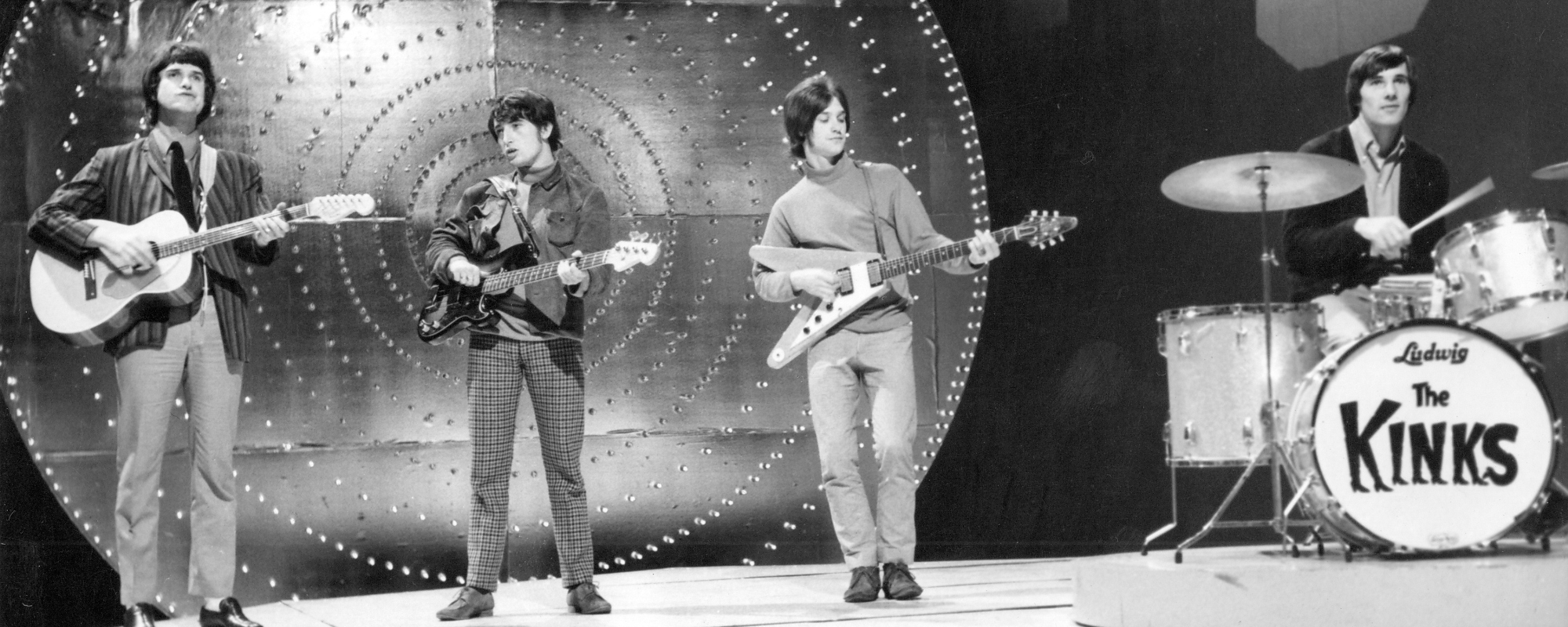If any group has ever been able to claim to have blood harmony, it’s the Bee Gees. The voices of brothers Barry, Robin, and Maurice Gibb melted together into one lush wall of sound. Those harmonies paired with pumping disco beats were just the ticket for filling floors in the late ’70s.
Videos by American Songwriter
The Bee Gees are no doubt musical legends, but how did they get their start? Find out below.
Origins of the Bee Gees
The Bee Gees story starts on the Isle of Man in the late ’40s. Brothers Barry, Robin, and Maurice Gibb were all born on the island between England and Ireland. After moving to Manchester, England, the trio found they were musically gifted.
In Manchester, the brothers started a skiffle group called the Rattlesnakes alongside a couple of friends, Paul Frost and Kenny Horrocks. Around the same time, the brothers learned they had a knack for harmonizing with one another, after a lip-sync performance turned into one with live vocals. The audience’s reaction was enough to set the brother’s sights on a career in music.
“We were sort of an instant hit,” Robin once recalled. Added Barry: “It was the feeling of standing in front of an audience that was so amazing. We’d never seen anything like it. We were very young, but it made an enormous impression. We didn’t want to do anything else but make music.”
Into their teens, the Gibbs emigrated to Australia in an effort to battle both economic issues and Robin’s growing list of delinquent charges. They continued to pursue music while in Queensland, landing a gig playing between races at the Redcliffe Speedway.
At one of the race performances, the trio earned their first big break. One of the drivers, Bill Goode, connected enough with the Bee Gees style that he called up his friend DJ Bill Gates. Gates recorded the brothers’ first few tunes and helped to come up with their band name.
He suggested they be called “The B.G.’s,” because of the many B and G initials in their family. That name was later made more marketable by being stylized as the name we all know and love today, the “Bee Gees.”
Burgeoning Fame
Everyone who met the burgeoning band of brothers knew they had something special. Their harmonies seem to be interwoven into their genetic code. Despite their clear talent, the group’s first few singles failed to launch them to fame.
“I think we made about 7 to 11 singles that all flopped in a row, so we really found out what failure was all about before we even started,” Barry once said.
The brothers bounced around to different record labels before finding one that stuck: Spin Records. Producer Ossie Byrne gave the brothers space to experiment, resulting in their first Australian hit, “Spicks and Specks.” They didn’t get to enjoy their national hitmaker status though. The Gibbs had already decided to move back to England before seeing “Spicks and Specks” chart.
Back in England, they teamed up with Robert Stigwood. After just one show, Stigwood decided to sign the band to a five-year contract.
“I loved their harmony singing,” Stigwood told Rolling Stone in 1977. “It was unique, the sound they made; I suppose it was a sound only brothers could make.”
Going Disco
By the mid-’70s, the Bee Gees has amassed quite the career. They were churning out hit songs and selling out shows. They hit many milestones, including breaking up and throwing a few cross swords each other’s way. What screams a majorly successful band better than a dramatic fight in the public eye?
Though they had reached international fame long before the middle of the decade, the end of the ’70s saw the Bee Gees soar even higher with the help of a novel genre at the time: disco.
People had been hitting the Hustle since the late ’60s in certain circles, but disco didn’t reach mainstream popularity until around 1977 – largely thanks to the Bee Gees and their contributions to the Saturday Night Fever soundtrack.
“The Bee Gees’ sound was basically tired,” Barry once explained of their decision to switch things up on the soundtrack. “We needed something new. We hadn’t had a hit record in about three years. So we felt, ‘Oh Jeez, that’s it. That’s our life span, like most groups in the late ’60s.’ So, we had to find something. We didn’t know what was going to happen.”
What happened was the Bee Gees became a cultural phenomenon that helped to breathe new life into disco. Their three songs on the record, “Stayin’ Alive,” “How Deep is Your Love,” and “Night Fever,” are still some of their most recognizable tracks.
The Bee Gees had found their niche and started their path to becoming the music legends we recognize them as today.
The End of the Bee Gees
The official end of the Bee Gees came when Maurice passed away in 2003 at 53 years old. Barry and Robin decided to retire the name in honor of their late brother.
In 2009, plans were put in place to have a reunion tour with Barry and Robin but the latter ended up passing away before a tour could kick off. Barry is the only remaining member.
Photo by GAB Archive/Redferns)













Leave a Reply
Only members can comment. Become a member. Already a member? Log in.